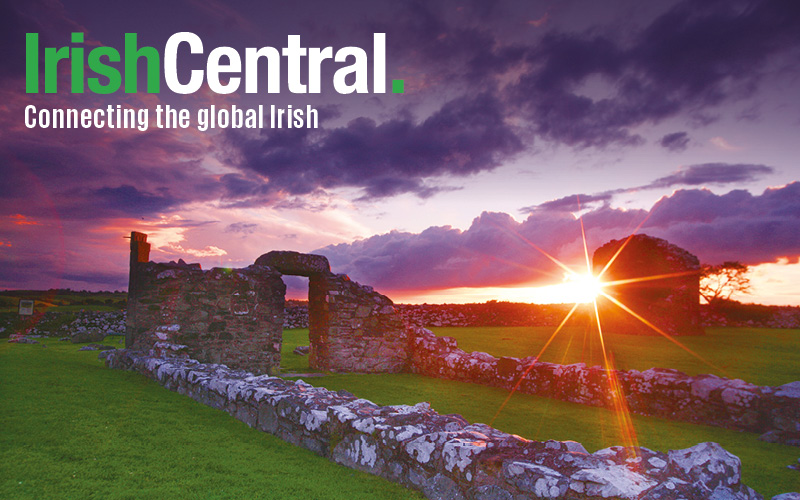Archaeologists from the National Museum of Ireland (NMI) have confirmed that the human remains discovered by a Bord na Mona worker, in County Meath, are a 'bog body.'
Experts will now test the remains to determine the bodies age. However, it is likely to be thousands of years old. In 2012 a body found in the same area was tested, with radiocarbon dating, and found to be from between 700 and 300 BC.
The discovery was made by peat workers at the Rossan Bog on the border of counties Meath and Westmeath on Saturday morning.
On Tuesday the NMI confirmed the news on Twitter:
#NMIreland can confirm bog body remains of adult discovered last weekend at Rossan Bog, Meath. pic.twitter.com/ahTHcJS9uD
— Nat'l Museum Ireland (@NMIreland) September 16, 2014
A Bord na Móna spokesman said the employee immediately informed the police one he discovered the remains. The police then contacted the experts.
Archaeologist Maeve Sikora told the Irish Examiner, “Archaeologists and conservators from The National Museum of Ireland have been on site investigating the findspot of archaeological human remains in a bog in Co. Meath, near the border with Co. Westmeath.
She added, “The exact date of the remains is not known at this time, but we will be conducting research in the coming months.
“A bog body found previously in this bog was radiocarbon dated to the prehistoric period. The remains do not comprise a complete bog body.”
She told the Westmeath Examiner that the discovery was especially exciting as the findspot was so close to the 2012 discovery of the headless Bronze Age bog body.
She said, “Because it was found at the site where another bog body was found two years ago it makes it all the more interesting…The 2012 find dates back to at least 700 - 300 BC, so it was prehistoric.
Read more: The truth about Irish bog bodies (PHOTOS)
“That’s why it’s unusual to find two in the one place extremely close together and it makes it all the more exciting because it shows that it was an area where a lot of activity took place.”
The remains which have been uncovered appear to be that of the lower leg and foot bones of an adult. Archaeologists have not yet indicated whether the body is a male or female.
The bogs across the center of Ireland are ideal for the preservation of archaeological artifacts making it a hot bed of historic evidence.
The NMI explained in a statement, “The oxygen-free conditions that prevail in bogs assist in the preservation of organic material such as human tissue," the museum explained in a statement.
"The survival of such remains allows for more detailed research into past lives than if only the bone was to survive."
Here’s a short video on the bog bodies of Northern Europe:




Comments